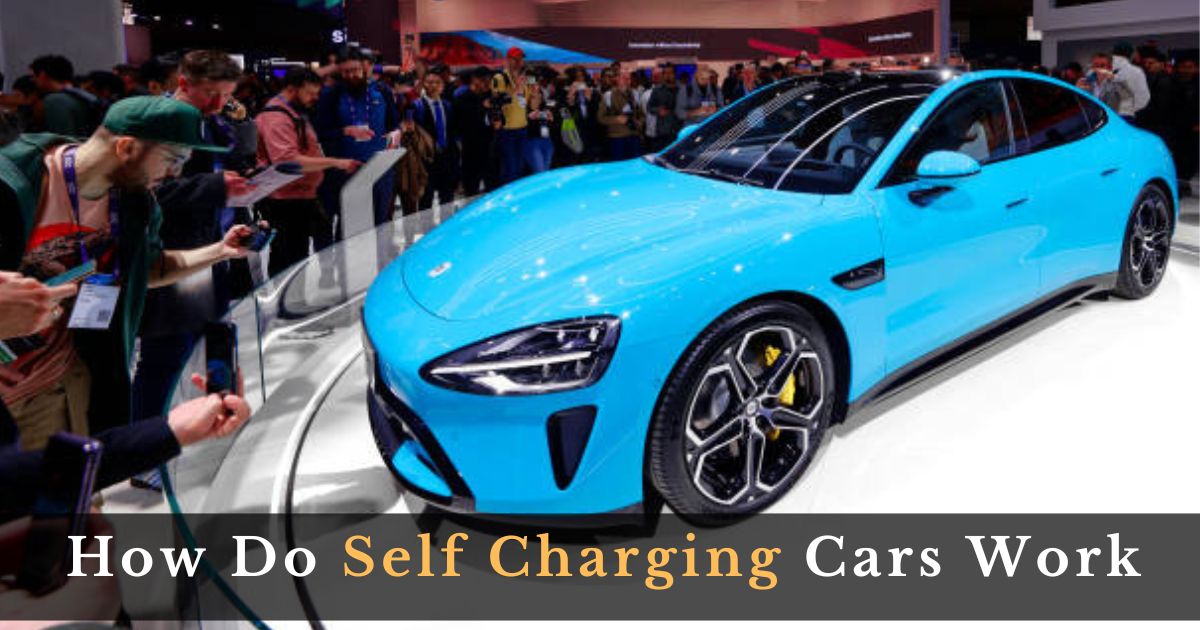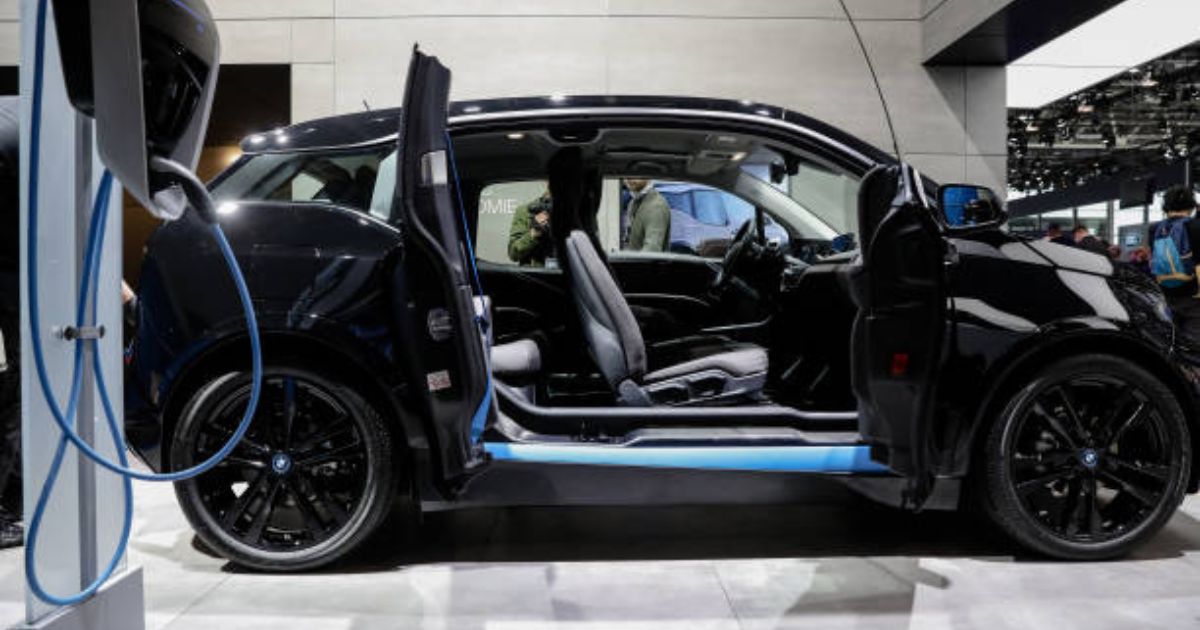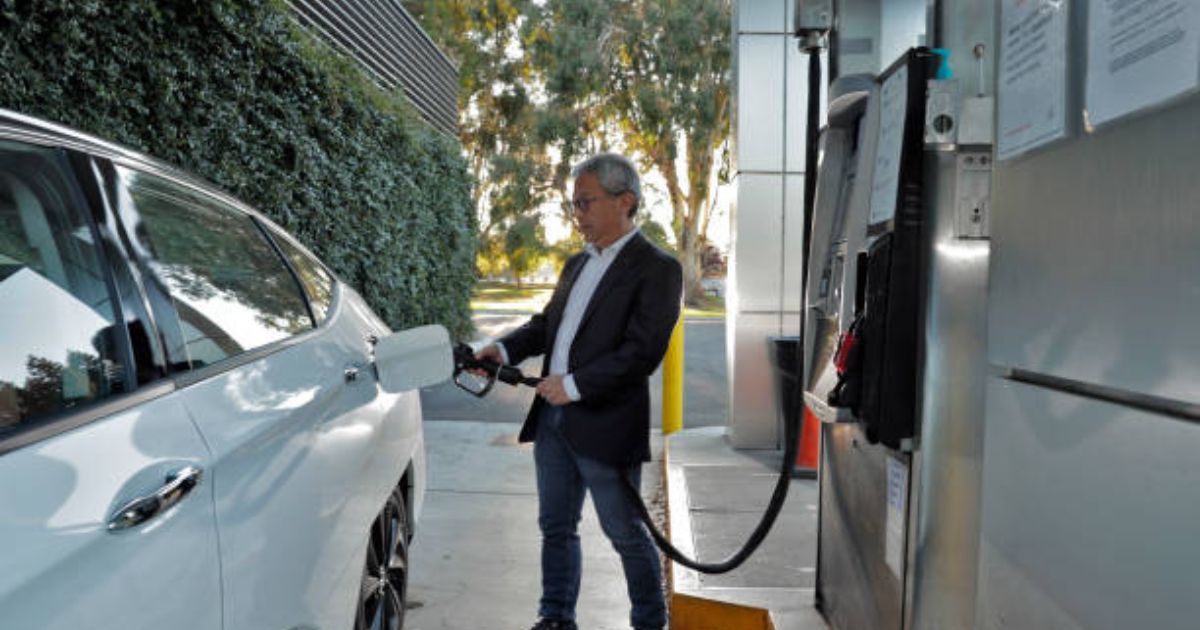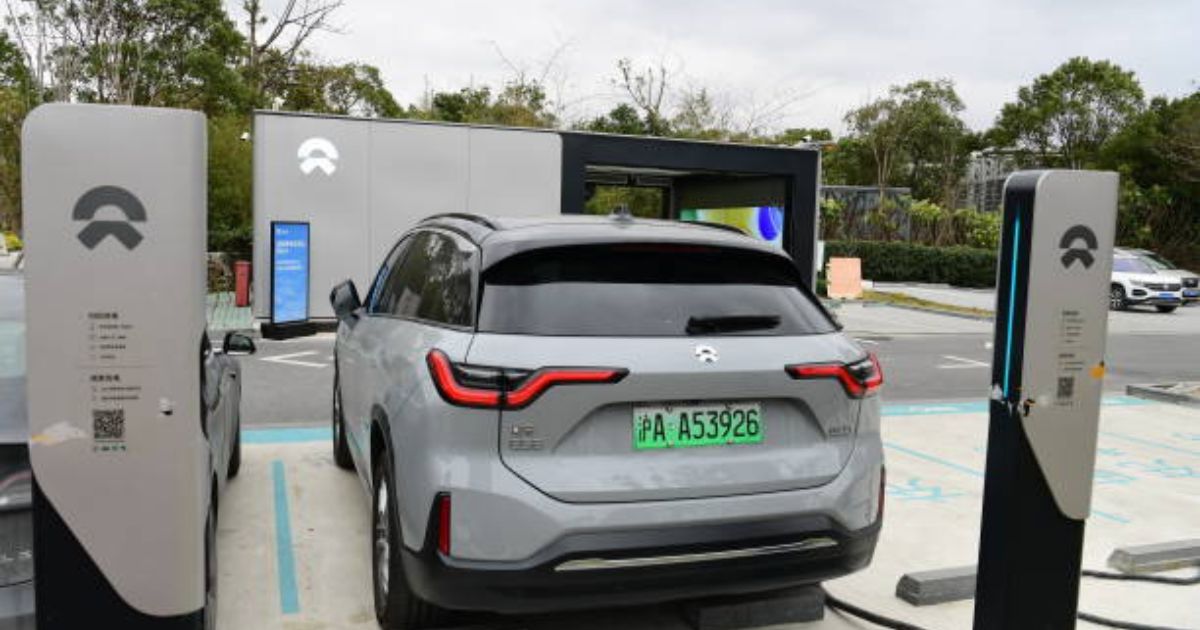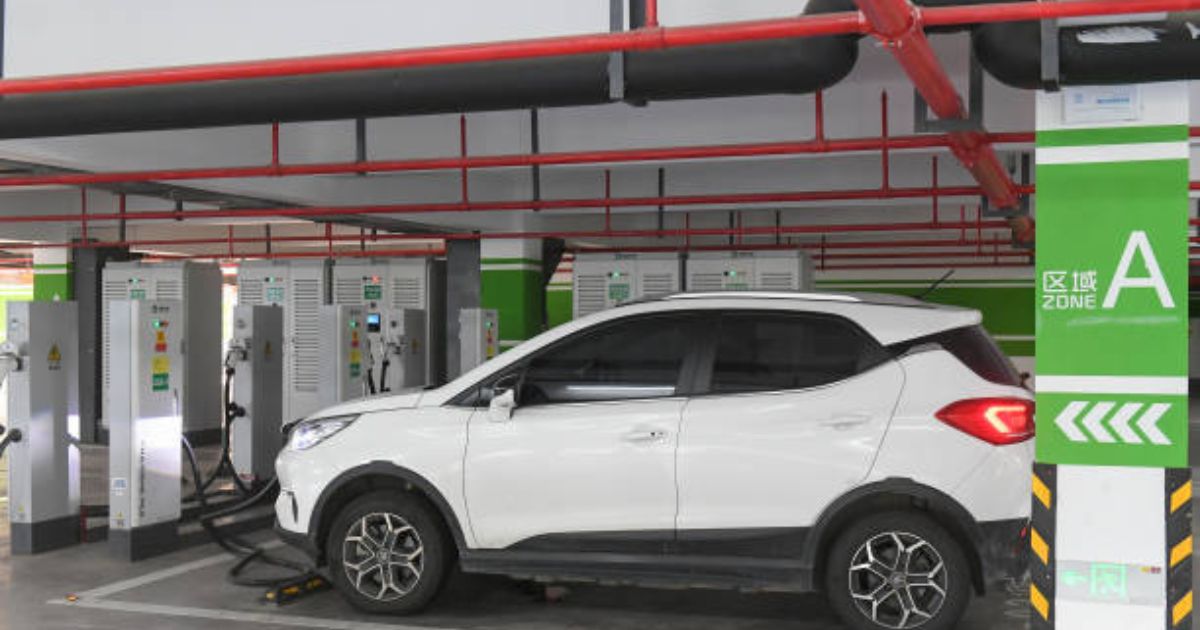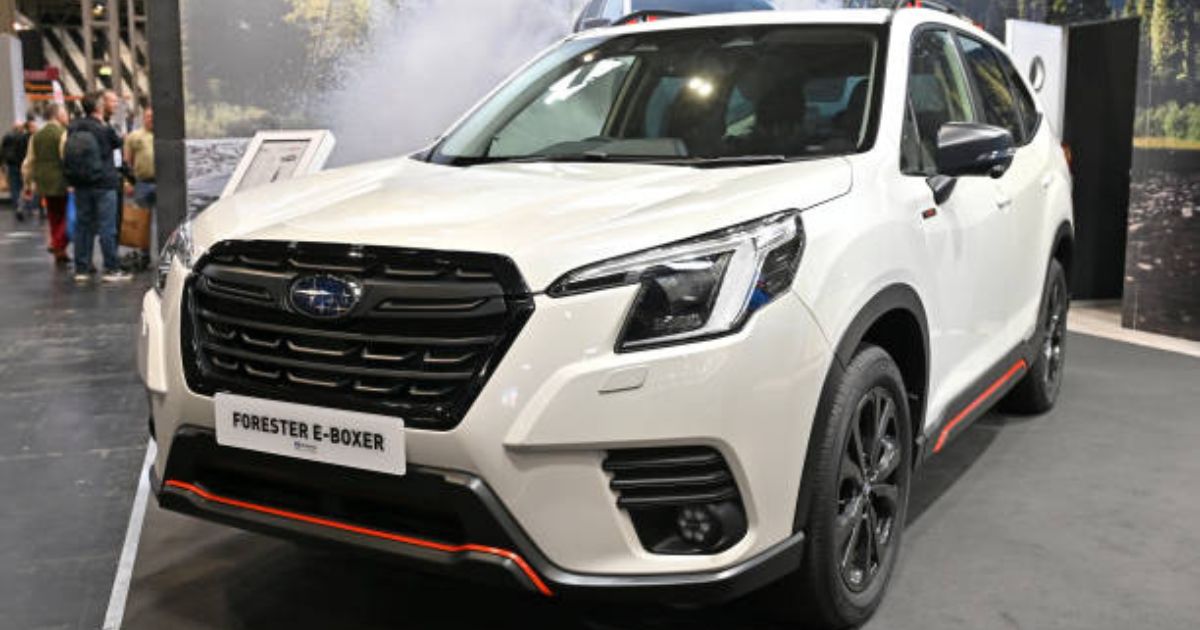How do self charging cars work, In the world of automobiles, self-charging cars have become quite popular. These vehicles, also known as hybrid cars, are designed to be more efficient and environmentally friendly. But how exactly do they work? Let’s break it down in simple terms.
How Do Self-Charging Cars Work?
Introduction
Ever wondered how self-charging cars work and what sets them apart from traditional electric vehicles? Self-charging cars are revolutionizing the automotive industry by offering a greener and more convenient alternative to conventional vehicles. This article delves into the mechanics, benefits, and future prospects of self-charging cars, making it easier for you to understand this fascinating technology.
What Are Self-Charging Cars?
Self-charging cars, also known as hybrid electric vehicles (HEVs), combine an internal combustion engine with an electric motor. Unlike plug-in hybrids or fully electric cars, self-charging cars generate their own electricity through regenerative braking and sometimes even solar panels. This means they don’t require plugging into an external power source, making them a hassle-free option for many drivers.
History of Self-Charging Cars
The journey of self-charging cars began in the late 20th century with the development of hybrid technology. The Toyota Prius, launched in 1997, was one of the first commercially successful hybrid cars, setting the stage for the evolution of self-charging vehicles. Over the years, advancements in battery technology, regenerative braking, and solar power integration have paved the way for the modern self-charging cars we see today.
Explaining How Self-Charging Cars Work
| Component | Function |
| Solar Panels |
Convert sunlight into electricity
|
| Battery |
Stores electricity for propulsion
|
| Regenerative Braking |
Reclaims energy during braking
|
| Electric Motor |
Converts electrical energy into motion
|
How Do Self-Charging Cars Generate Power?
Self-charging cars utilize several methods to generate power:
Regenerative Braking: When the driver applies the brakes, the car’s kinetic energy is converted into electrical energy, which is then stored in the battery.
Solar Panels: Some self-charging cars are equipped with solar panels that capture sunlight and convert it into electrical energy, further boosting the car’s efficiency.
Internal Combustion Engine: The engine works in conjunction with the electric motor to provide power, especially during acceleration or climbing hills.
Components of Self-Charging Cars
To understand how self-charging cars work, it’s essential to know their key components:
Electric Motor and Generator: These are crucial for converting energy from one form to another and powering the car.
Battery System: Stores the electrical energy generated and supplies it to the electric motor as needed.
Solar Panels: Enhance the vehicle’s ability to generate electricity, especially in sunny conditions.
Inverters and Power Converters: Manage the flow of electricity between the battery, motor, and other components.
Regenerative Braking System
Regenerative braking is a cornerstone of self-charging technology. Here’s how it works:
When the driver brakes, the electric motor reverses its function, acting as a generator. This process converts the car’s kinetic energy into electrical energy, which is then stored in the battery. This not only recharges the battery but also improves fuel efficiency and reduces wear on the braking system.
Solar Panels in Self-Charging Cars
Solar panels on self-charging cars capture sunlight and convert it into electrical energy. These panels are usually installed on the roof or hood of the car. While they provide an additional source of power, their efficiency is highly dependent on weather conditions and geographic location. Nevertheless, they are a valuable addition, especially for those living in sunny regions.
Battery Management System
The battery management system (BMS) ensures the optimal performance of the car’s battery. It monitors and regulates the charging and discharging processes, ensuring the battery remains healthy and lasts longer. The BMS also plays a critical role in maintaining the safety and efficiency of the battery pack.
Real-World Examples of Self-Charging Cars
Several self-charging cars have made their mark in the automotive market:
Toyota Prius: Known for its reliability and efficiency, the Prius has been a pioneer in hybrid technology.
Lexus UX 250h: A luxury hybrid that combines performance with eco-friendliness.
Hyundai Ioniq Hybrid: Offers a balance of affordability and advanced features.
These models have received positive reviews for their performance, fuel efficiency, and low maintenance costs.
Advantages of Self-Charging Cars
Self-charging cars offer several benefits:
Environmental Benefits: Reduced emissions and fuel consumption make them a greener option.
Cost Savings: Lower fuel and maintenance costs can lead to significant savings over time.
Convenience: No need to plug in for charging, making them ideal for those without easy access to charging stations.
Challenges and Limitations
Despite their advantages, self-charging cars face some challenges:
Technological Barriers: Developing more efficient batteries and solar panels is an ongoing challenge.
High Initial Costs: The upfront cost of self-charging cars can be higher than traditional cars.
Weather Dependence: Solar panels are less effective in cloudy or rainy conditions.
Future of Self-Charging Cars
The future of self-charging cars looks promising with continuous innovations. Improved battery technology, more efficient solar panels, and advancements in regenerative braking are expected to enhance the performance and appeal of self-charging cars. The market for these vehicles is also projected to grow as more consumers seek eco-friendly and cost-effective transportation options.
Comparing Self-Charging Cars with Other Green Vehicles
When choosing a green vehicle, it’s essential to consider the differences:
Fully Electric Cars: Require external charging but offer zero emissions.
Plug-In Hybrids: Combine electric and gasoline power, with the option to plug in for charging.
Self-Charging Cars: Generate their own electricity, offering a balance of convenience and eco-friendliness.
Each type has its pros and cons, and the best choice depends on individual needs and preferences.
Consumer Considerations
If you’re considering buying a self-charging car, keep these factors in mind:
Driving Habits: Evaluate how often and how far you drive.
Budget: Consider the initial cost and potential savings on fuel and maintenance.
Location: Think about weather conditions and access to sunlight for solar charging.
Maximizing efficiency and longevity involves regular maintenance and mindful driving practices.
Self-charging cars represent a significant step towards sustainable transportation. By generating their own electricity through regenerative braking and solar panels, they offer a convenient and eco-friendly alternative to traditional vehicles. As technology continues to advance, self-charging cars are poised to become even more efficient and accessible, driving us towards a greener future.
FAQs
How long does it take for a self-charging car to fully charge?
Self-charging cars do not require external charging. They generate electricity while driving through regenerative braking and, if equipped, solar panels.
Are self-charging cars suitable for long trips?
Yes, self-charging cars are suitable for long trips as they have both an internal combustion engine and an electric motor, providing extended range and flexibility.
Can self-charging cars charge at night?
Self-charging cars can generate electricity through regenerative braking at any time, but solar panels will not work at night.
How does the cost of a self-charging car compare to traditional cars?
While the initial cost of a self-charging car can be higher, savings on fuel and maintenance can make them more cost-effective in the long run.
What is the lifespan of the batteries in self-charging cars?
The batteries in self-charging cars typically last for 8-10 years, depending on usage and maintenance. Advanced battery management systems help prolong their lifespan.


